The Painful Process of Citroën CX Certification for the USA
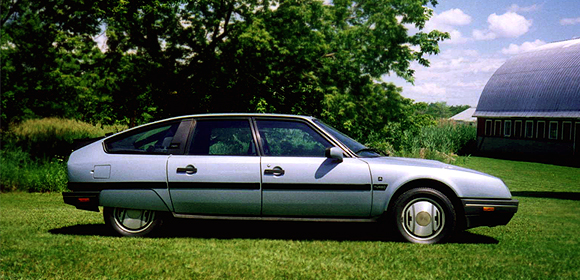
By Robert Boston….
Back in the mid to late 1980s, over 10 years after Citroën ceased operations in the USA, there was still the means to acquire a CX model — if you were prepared to pay for it.
Actually, three entities attempted to offer them here. I was the CEO of CINA (Citroën Importers of North America) and of Euro-Car. Starting in 1979 Euro-Car had a showroom on the main street of Roswell Georgia (a suburb of Atlanta) and a service shop around the corner.
From 1982-1988 we, like many others, imported used German cars and did the DOT conversions to bring them up to USA spec. All during this time, I was however driving a Citroën CX. When my customer would come to pick up their Mercedes, Porsche or BMW from us, they would ask me , “What do you drive?” After I showed them my Citroën CX they went away with a puzzled look on their faces.
As the Gray market German car business started to wind down in 1985 and the Series II CXs came out with the larger, more American looking plastic color keyed bumpers, I thought it might be time to bring these back to USA and decided to brand the name Citroën Importers of North America and use the existing Euro-Car dealership to sell the CXs that CINA imported. I had no idea what I was in for.
Firstly, adding bumper reinforcements, door beams and some USA spec lights to a Mercedes that already had a fully certified example being sold in America is one thing, but certifying a car that was never certified is quite another.
Everything and I mean everything had to be documented and certified based on the written NHTSA standards. From every little label to full set of crash tests mainly for fuel system integrity. The whole process took almost 18 months and we did 5 crash tests at TRC in Marysville Ohio (destroying 4 CXs);
One frontal with metered crash dummies to show that the frontal impact didn’t cause more than the allowable pressure to the head, torso, shins, feet, etc and that the seat belts performed as they should. We were pretty good there.
The rear crashes were more difficult because the gas tank was so far rearward under the car and after the rear crash the CX smashed up pretty much even with the back of the rear tires which also crushed the gas tank. So we cut down the tanks size to fit in the hole that was left after the crash of the first CX, but then we had a problem with the plastic filler neck crushing so we replaced it with a steel GM filler neck that was not actually attached to the right rear fender so when the fender and gas tank door moved forward in the crash, the neck was not pulled loose or affected. Anyway, it took 3 rear crashes to finally pass FMVSS 301 (fuel system integrity).
Plus during this time as we were dealing with NHTSA in Washington, we came to find out that someone was telling NHTSA things to look at on the CX that would help to fail our attempts to certify this model. We later found out it was a PSA group attorney.
The brake test was a tough one because the code was written solely for a vehicle that had a standard master cylinder and fluid system like all cars have….except Citroën! This testing was done on the TRC track. We had to cause a leak in the brake system and take off and stop 24 times successfully. Well, as you may know, when a Citroën loses green fluid the first thing to go is your power steering, then your suspension, then lastly your brakes. It was tough but we successfully started and stopped 24 times in our CX test car. Of course we were down on the ground with hardly any steering left.
Once we finally got approval for all the modifications we were going to have to do for our CXs to make them US legal, we thought we had it licked. Boy were we naive.
My financial partner in this project owned a large carpet mill in Georgia and was a serious car collector, so after I obtained the DOT approval to import the CXs, he gave me an irrevocable letter of credit to Citroën to purchase 50 new CX directly from the factory. So I flew to France. After finally getting to the export director, I gave him a copy of all this huge pile of paperwork that detailed everything necessary for the USA certification and my letter of credit for 50 new Citroën CXs. I felt proud and ready to start ordering the colors, models and options I wanted.
After about 4 hours of Citroën or should I say, PSA Group people having several closed door meetings to discuss what I had proposed, they came back to me and basically said, “We don’t want the Citroën CX sold in America. We cannot even sell our Peugeots there so why would we want CXs to be successful?”.
There it was. I was totally unaware that Citroën was then controlled almost totally by Peugeot people who were jealous of any success Citroën might have. I never thought a company would not want to sell their product. The climate at PSA Group at that time was almost that having to deal with Citroën at all was a bother. They informed me that not only would they not sell us cars, they would alert their dealers not to sell them to us also.
Luckily for me I had some good friends in Germany that were Citroën dealers. The German spec CX was better for me anyway because the German ones had more correct glass, rear inertia reel seat belts, and quite frankly had better paint jobs. Mainly because the Germans would not accept the paint runs and overspray that was overlooked by the French dealers.
So I had to set up several fake leasing companies in Luxembourg, where our Euro-car base was and buy German spec CXs clandestinely. The real downfall of the whole project really boiled down to one thing – the falling value of the US Dollar at that time. My target price of around $23,000 shot up to about $33,000 just because of the devalued dollar.
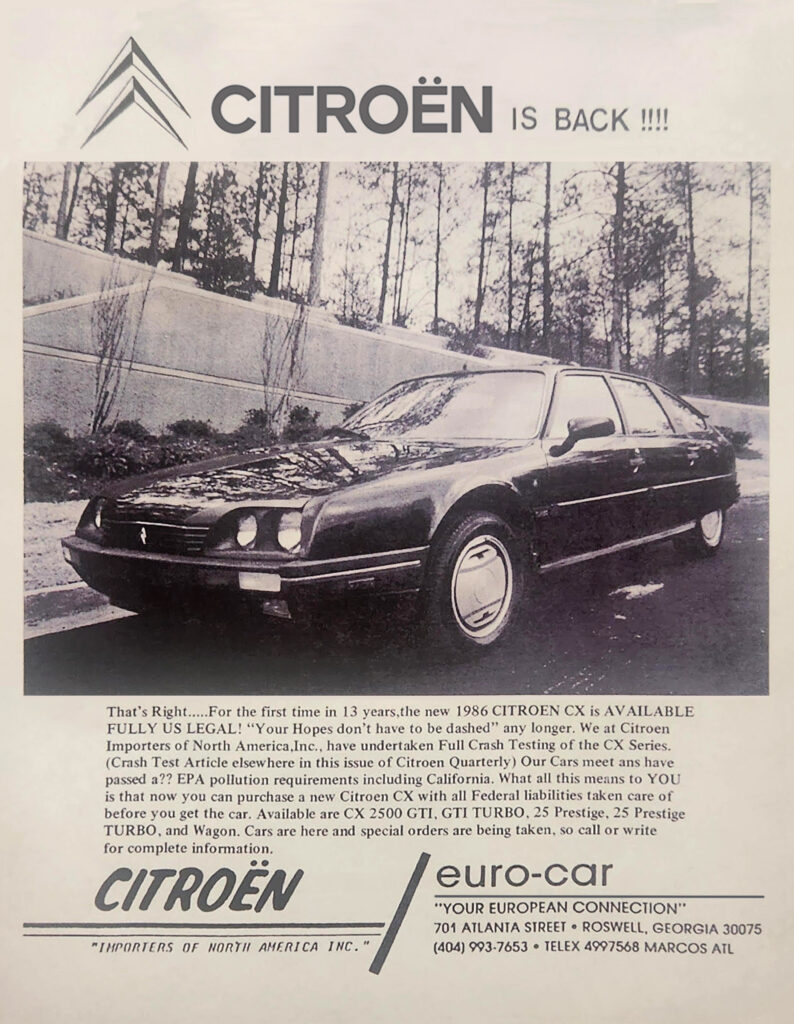

We successfully imported, modified and sold around 100 new Citroën CXs before we gave it up. It is a shame that more people could not have experienced this truly great car, but the ones who got one sure were believers.
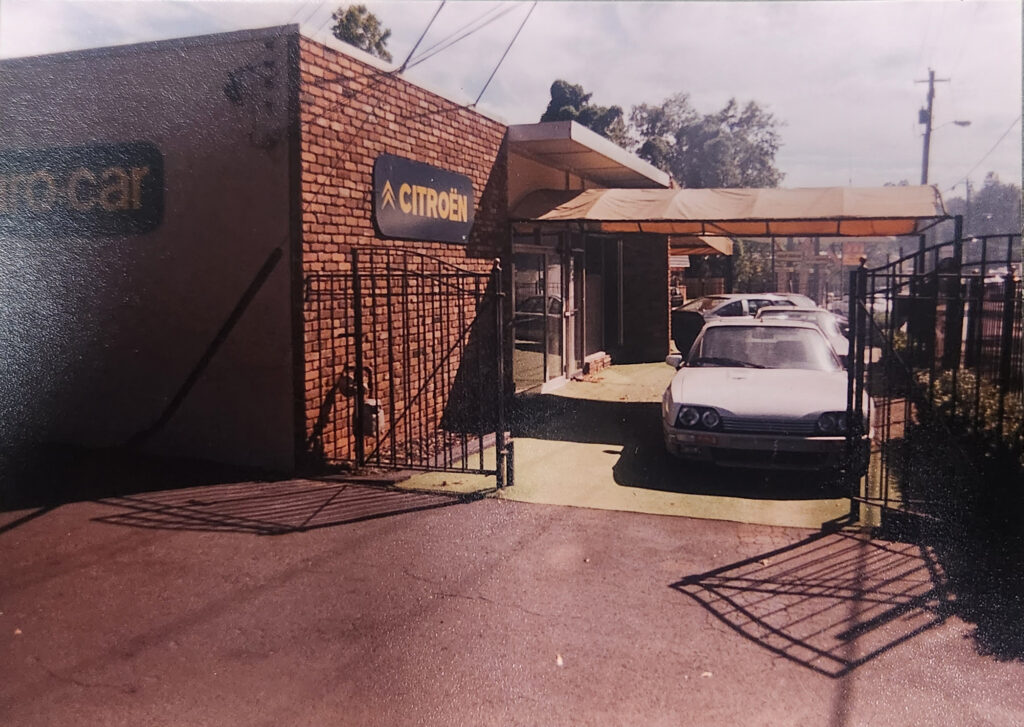
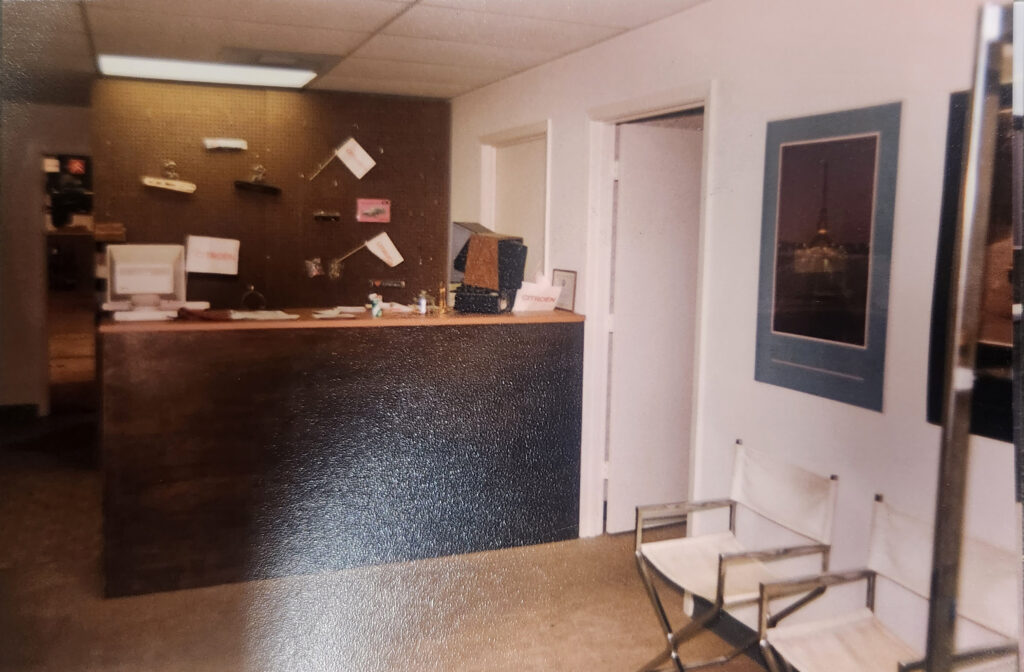
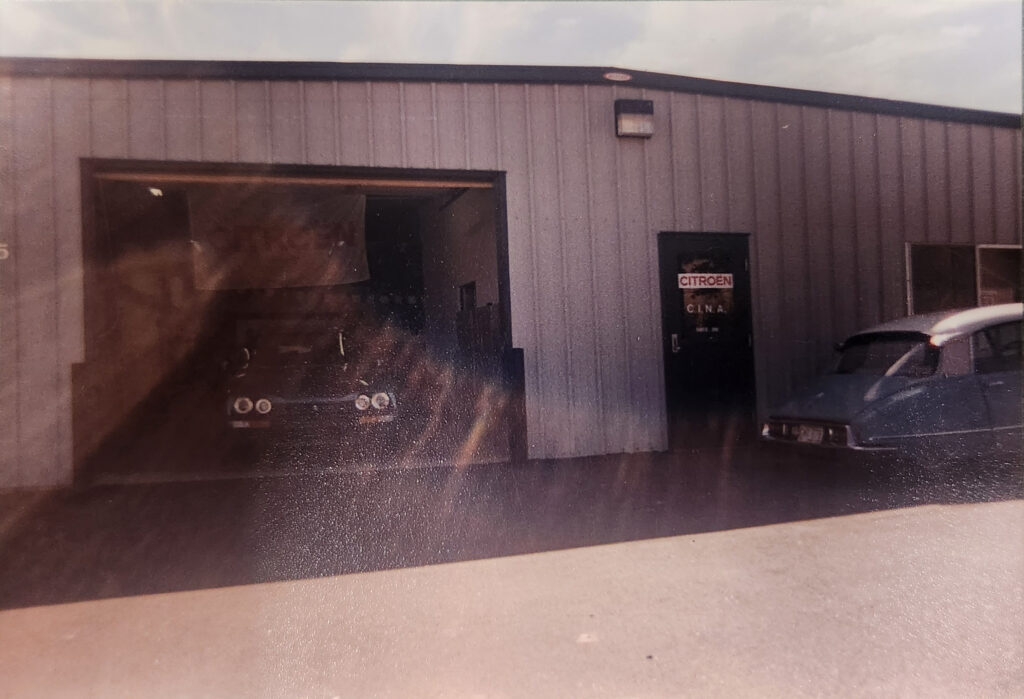

CINA/Euro-Car at 701 Atlanta Street, Roswell, Georgia.
What of the other sources for CX in the USA?
Of course people with Diplomatic immunity are not subject to lawsuit or prosecution under the host country’s laws, so diplomats in the US still had access to the CX. So did foreign tourists under the personal use exemption, bringing in the CX for temporary use.
At the time of the Peugeot takeover of Citroën in 1974, engineering studies had been undertaken to have CX models to meet then current US regulations. The January 1, 1974 US regulation wording related to 5 mph bumpers had been drafted in such a way that height adjustable suspension was de facto illegal for passenger vehicles. Bumper height to be standardized and maintained at constant height for the 1974 model year onward – with no distinction for operating ride height. As height-adjustable suspension was integral to the CX design, Citroën’s hopes to offer it in the US market were quelled. (Even the Mercedes-Benz Congressional lobby had no impact on this mandate, and they had to disable the height adjustment feature for the US-bound W116 S-Class saloons and S123 estates.)
Despite these bumper and height restrictions, in 1975 Citroën had a number of diesel CXs in the USA where the company was working with the Federal authorities to ensure that the cars would meet US emissions, lighting and safety standards. Confident that the ‘US Approved’ CX would be able to be sold, René France, Head of Citroën Cars Corporation USA, was shocked when he was summoned to Paris and told that the company would cease its North American operations on December 5, 1975. It is believed that the reason for this decision was that Peugeot believed their 604 to be better suited to take on the likes of Volvo, BMW, Jaguar, Mercedes-Benz and Saab.
By 1981, the standardized bumper height and 5-mph bumper requirements failed cost–benefit analysis and were rescinded. This opened up the door for the CX in the USA…
Trend Imports of Hermosa Beach California, (a service dealer for Citroën before they left North America) was the first to import some CX 2500 Diesels. Since the ‘US Approved’ modifications had never gone into production, Trend were obliged to modify the cars in order to meet the slow speed DOT front and rear impact standards. Trend added heavy angle iron behind the bumpers to ensure the cars were able to pass the tests and this resulted in them standing proud of the bodywork. They also made some changes to the lighting. However, it didn’t take the authorities very long to figure out that Trend Imports were basically importing run of the mill French CXs with minimal changes and they were shut down.
Beginning in 1983, CxAuto (CXA), based in Lebanon, New Jersey, re-manufactured the CX in the Netherlands. By removing the Citroën and CX badges and double chevron logos they marketed them as the CXA. exporting them to the United States with a claimed full US compliance. The cars were crash tested as required by NHTSA. The bumpers were strengthened and fitted with shock absorbing elements, the passenger doors were fitted with side impact bars, the European headlamps were replaced with four round capsule headlamps and fog lamps, side marker lights were added and the exhaust system was fitted with oxygen sensor and catalytic converter.
The distinction between CXA and CINA cars, fuel tank size aside, is that CINA imported the car as the Citroen CX — as it obviously was at time of entry. As such, US Customs required CINA to post a bond on each car of double it’s value to guarantee that the EPA and DOT modifications would indeed be performed. Once the EPA and all DOT mods were made and all pertinent paperwork was sent in, the EPA and DOT would send a Bond release letter to US Customs to release this vehicle from any further liability resulting from importing a “Non US specification” vehicle. All this was a very complicated process that we had experience with while importing all the over 500 European spec Mercedes, Porsche, BMWs of the previous 5 years or so. All bonds were successfully released on all the CXs imported by CINA.

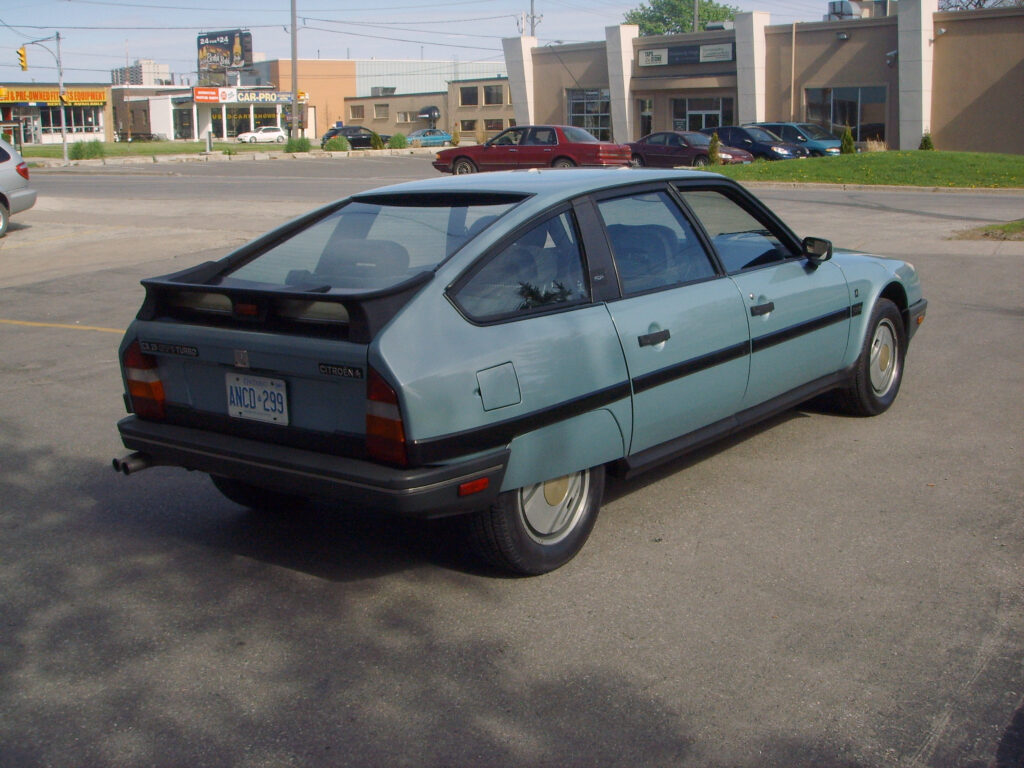
1986 CINA CX Gti Turbo

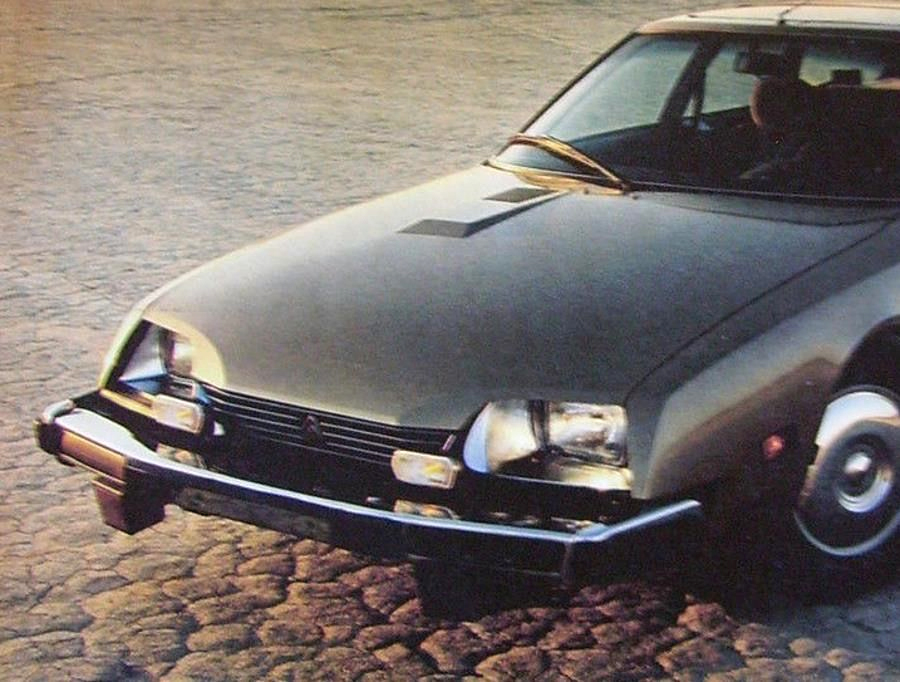
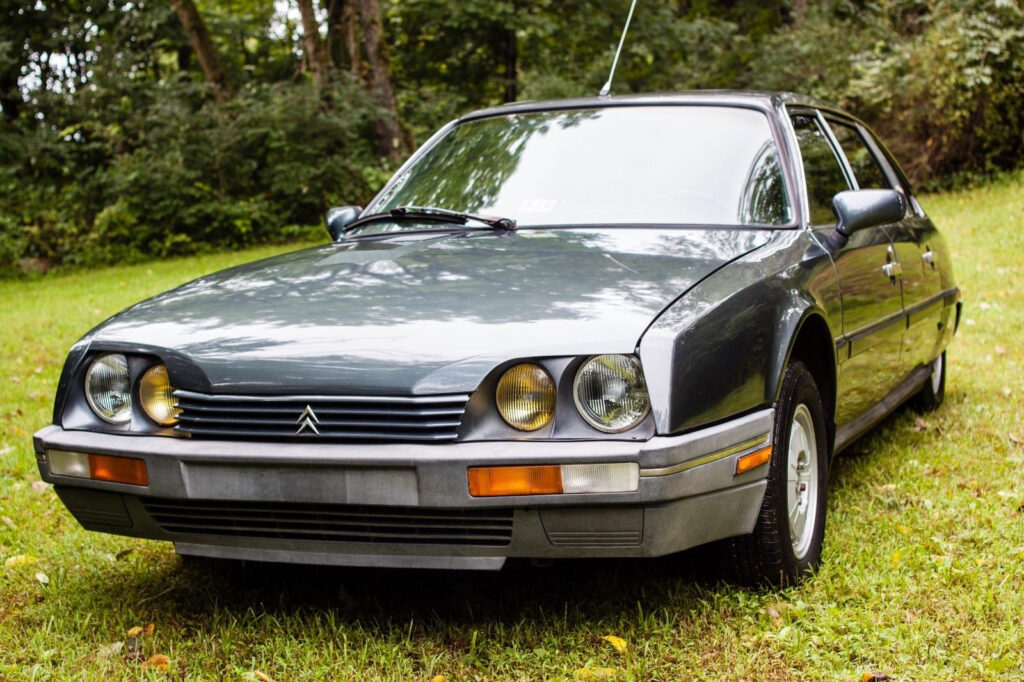

Interesting article. My father has a CINA Safari and I have a CXA. We also have a diplomat-imported ’77 CX Diesel, and others I won’t go into here. The CXA models were modified in a much more complete manner than the CINA cars. They modified the turn signals to make them self-cancelling, put (or bought models with) mile speedos, managed to keep the original fuel tank (very disappointing what CINA did), and added a cruise control. I may be forgetting some things. The CINA model we have does have factory cruise control, which is a better solution IMO than the CXA solution. But it took us a minute to realize the CINA odometer was in kilometers, not miles, CINA having just put a label on the speedo face.
We bought the CINA from the original owner in Stanton, Virginia through a broker IIRC, then went about replacing the fuel tank with an OEM tank and filler neck, then redid the upholstery after filling in the holes. It’s a super nice car, needs a little attention today (like a rebuilt tranny!) and I’m glad CINA went through the trouble to bring the CX to the US.
I imported a CX privately in 1983, a 1977 CX 2400 Pallas, a West German model. Posted just a $500 bond. But, I couldn’t get it in compliance within the allotted 6 months due to being assigned by the USAF to North Dakota. I did try, but just couldn’t get it done. So Customs sent me the dreaded “export it or crush it” letter. I managed to get them to waive this after my supervisors participated in my letter pleading exigent circumstances, and I just forfeited the bond and kept the car! Sold it four or five years later when I left for England. I now have another CX, and Athena, that was also privately imported by a Russian.
Fun cars to find in the US!
Once again an excellent article in Citroenvie! I was in the early 1980s a service center for CXA in Queens, New York. Unfortunately, the only models we serviced were those owned by CXA. It was a great driving and handling automobile. It is too bad Citroen gave so many problems in importing this terrific auto.
I have a CXA. It was imported into New Zealand in 1996 and changed to RHD. It’s a black GTi Turbo 2 with black leather interior and is very good condition. It was sold to Michael Winter, 189 Lyman Place, Englewood New Jersey on the 3/7/90, and serviced at CX Auto of New York, 829 Eleventh Avenue. It wen to Loa Angeles in 1991, and bought at a classic car auction in 1996 and shipped to New Zealand. I wonder how many of the CXA model are still in existence?